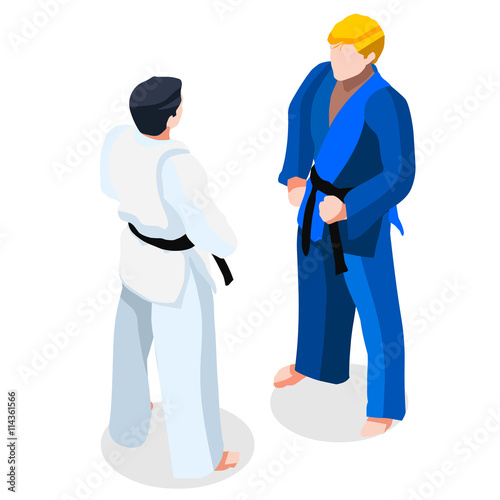Demystifying The Different Fighting Style Styles: From Martial Arts To Taekwondo
Demystifying The Different Fighting Style Styles: From Martial Arts To Taekwondo
Blog Article
Composed By-Faber Joseph
Are you tired of feeling bewildered by the substantial world of fighting styles? With a lot of designs to select from, it can be very easy to get shed in a sea of strikes, kicks, and mysterious names. Yet fear not!
This conversation will debunk the various fighting styles designs, taking you on a trip from the effective strikes of Karate to the dynamic kicks of Taekwondo. Get ready to reveal the beginnings, techniques, and ideologies behind these old art kinds.
So, tighten your belt and prepare to embark on an informing exploration into the exciting globe of martial arts.
Origins of Martial Arts Styles
The beginnings of fighting styles styles can be traced back to ancient worlds and their demand for self-defense and fight techniques. Throughout what are different types of martial arts , various societies created their own unique approaches of fighting, each with its own set of techniques and philosophies.
In China, for instance, fighting styles designs such as Martial art and Tai Chi were established as a way of self-defense and improving physical and psychological health.
In Japan, the samurai warriors created designs like Martial arts and Judo, focusing on technique, accuracy, and proficiency of the body.
Similarly, in Korea, Taekwondo emerged as a martial art emphasizing high kicks, rapid motions, and mental perseverance.
These early civilizations laid the foundation for the varied variety of fighting styles designs that exist today, each with its own rich history and social importance.
Techniques and Training Methods
To grasp martial arts designs, specialists need to find out various strategies and training methods.
Strategies are the details activities and activities used in fight, such as punches, kicks, tosses, and obstructs. Different martial arts styles have their very own unique set of strategies that experts should understand via rigorous training.
Educating techniques differ depending upon the design, yet they generally include a combination of physical conditioning, drills, competing, and types.
Physical fitness is critical to construct strength, flexibility, and endurance. Drills assist specialists refine their methods and enhance their rate and precision.
Sparring allows practitioners to exercise their techniques in a managed, sensible atmosphere. Forms, also called kata, are cut-and-dried series of motions that aid experts establish muscle mass memory and focus.
Viewpoints and Concepts
Discovering the philosophies and principles of fighting styles styles can supply you with a deeper understanding of your picked self-control. Each fighting style has its own special philosophy and set of assisting principles that form the means it's practiced.
For instance, Martial arts highlights discipline, regard, and self-control. It teaches specialists to focus their minds and bodies, enabling them to defend themselves while maintaining a sense of inner tranquility.
On the other hand, Taekwondo places a solid focus on rate, dexterity, and adaptability. martial arts like krav maga are rooted in the tenets of politeness, integrity, perseverance, self-discipline, and unbeatable spirit.
Final thought
Now that you have actually discovered the beginnings, strategies, and viewpoints of various fighting styles designs, you have a much deeper understanding of these old techniques.
Picture a young karate student, practicing with unwavering decision and focus, breaking through boards with an effective strike.
https://excellentkidsonemartialar90999.blogdal.com/34296643/take-advantage-of-your-internal-power-and-confidence-with-self-defense-classes-transforming-you-into-a-pressure-to-be-reckoned-with and stamina called for to understand a fighting style, reminding us that with self-control and perseverance, anything is possible.
